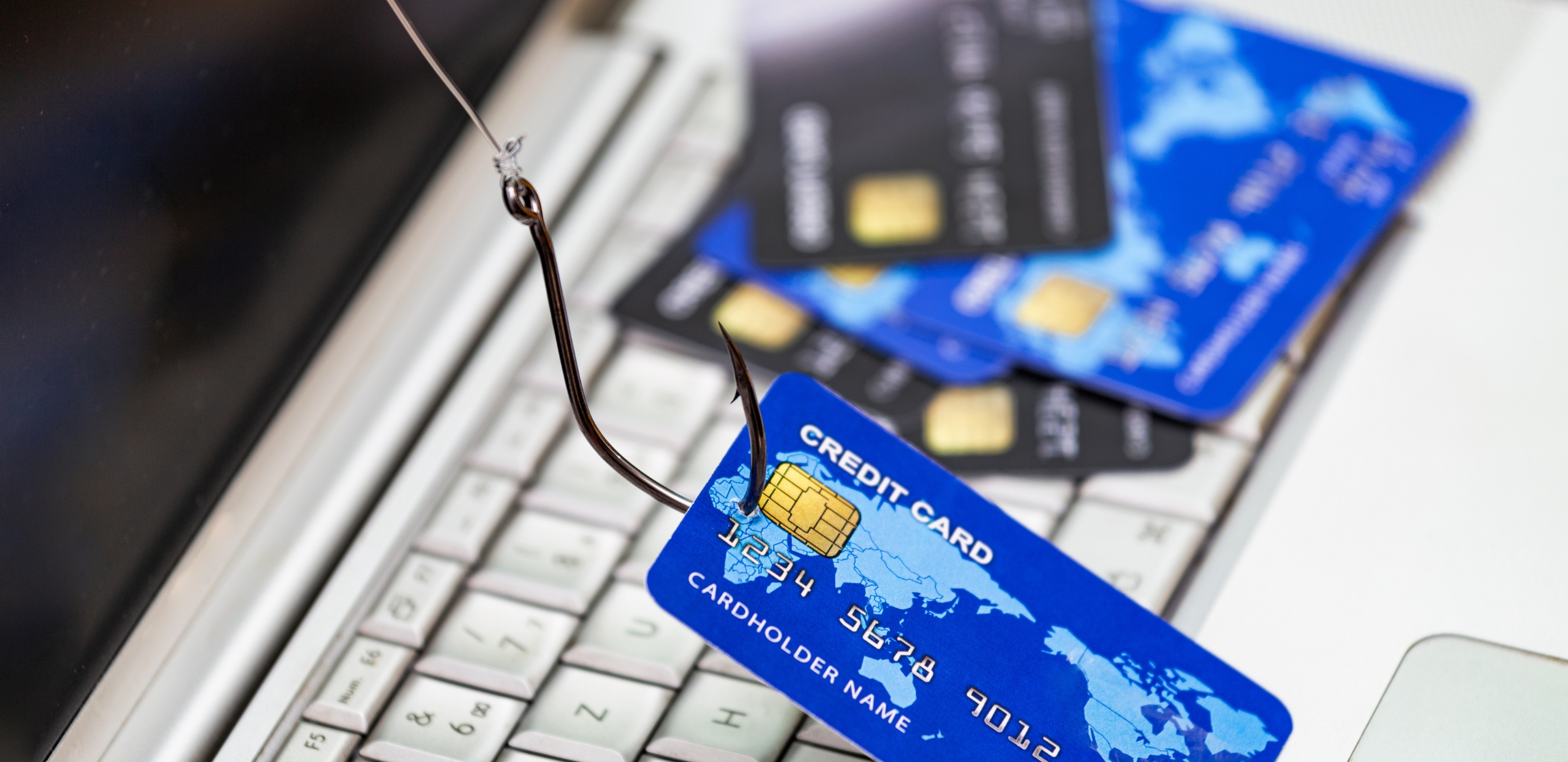How to Spot a Phishing Scam—and Why It Matters
Phishing isn’t just spam—it’s a serious threat designed to steal your credentials, bank data, or personal information. In 2024, the FBI’s Internet Crime Complaint Center (IC3) reported over 860,000 cybercrime complaints, with $16.6 billion in losses—a 33% increase from 2023. Phishing and spoofing attacks led the list, totaling 193,000 reports.
Globally, scammers sent approximately 3.4 billion phishing emails daily—adding up to more than a trillion each year.
Why Phishing Matters
-
Common attack vector: Phishing plays a key role in cyber breaches—used in over 41% of U.S. data breach incidents in 2023 .
-
Costly consequences: The average data breach due to phishing cost U.S. organizations around $4.9 million in 2023.
-
Elderly targeted: Individuals over 60 suffered nearly $4.9 billion in phishing losses in 2024.
5 Signs of a Phishing Email or Text
1. Suspicious Sender Info
Beware misspelled domain names or strange email addresses (e.g., paypal@notice-123.com).
2. Awkward Language or Typos
Grammatical mistakes or odd phrasing are common in phishing messages.
3. Dodgy Links or Attachments
Unfamiliar files like “Invoice.doc” or links to unknown websites? Skip them.
4. Urgent Demands
Phrases like “Act now!” or “Verify your account immediately!” are red flags .
5. Messages That Look Too Legit
If it seems like it’s from your boss or Netflix—but something feels off—verify using known channels (e.g., phone call, official website).
What To Do If You Suspect Phishing
-
Pause and verify: Don’t click links—type the website directly in your browser.
-
Check the sender: Hover over email addresses to inspect the true source.
-
Report it: Forward suspicious content to your IT team or provider.
-
Protect and recover: Consider enabling multi-factor authentication and monitoring accounts.
Stay Safe Online
Phishing threats are real and rapidly evolving. In 2024, phishing/spoofing was the most-reported threat, with $16.6 billion lost to cybercrime. Meanwhile, over a trillion phishing emails circulate yearly.
Stay vigilant:
-
Double-check senders
-
Be wary of urgent requests
-
Use MFA
-
Report anything suspicious

